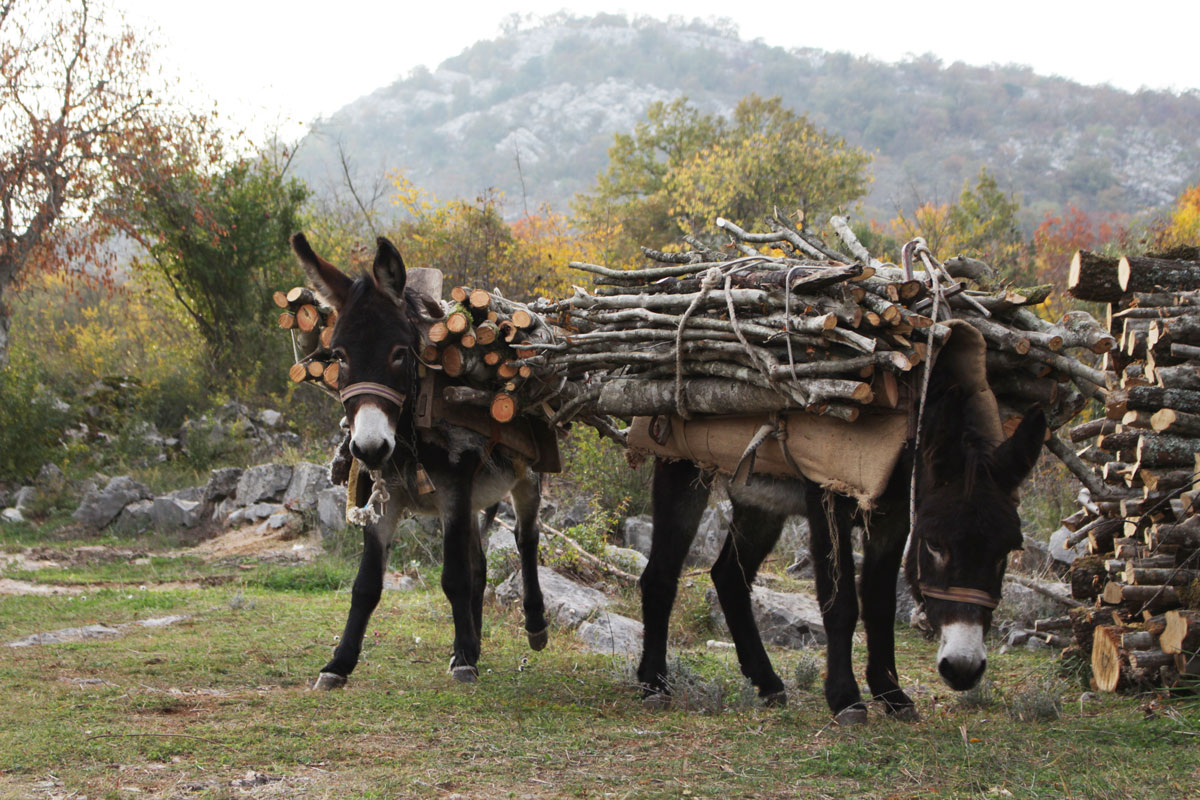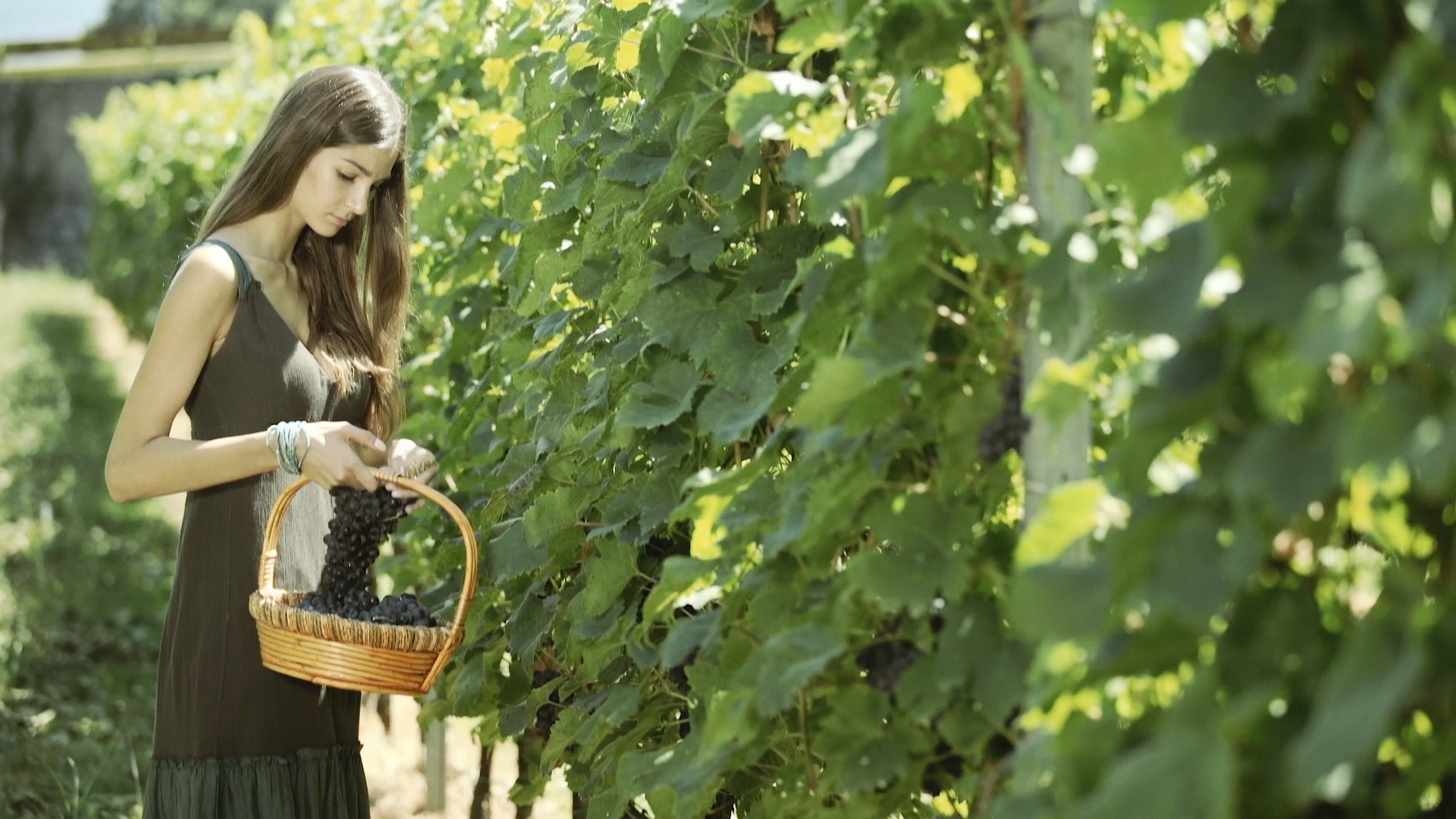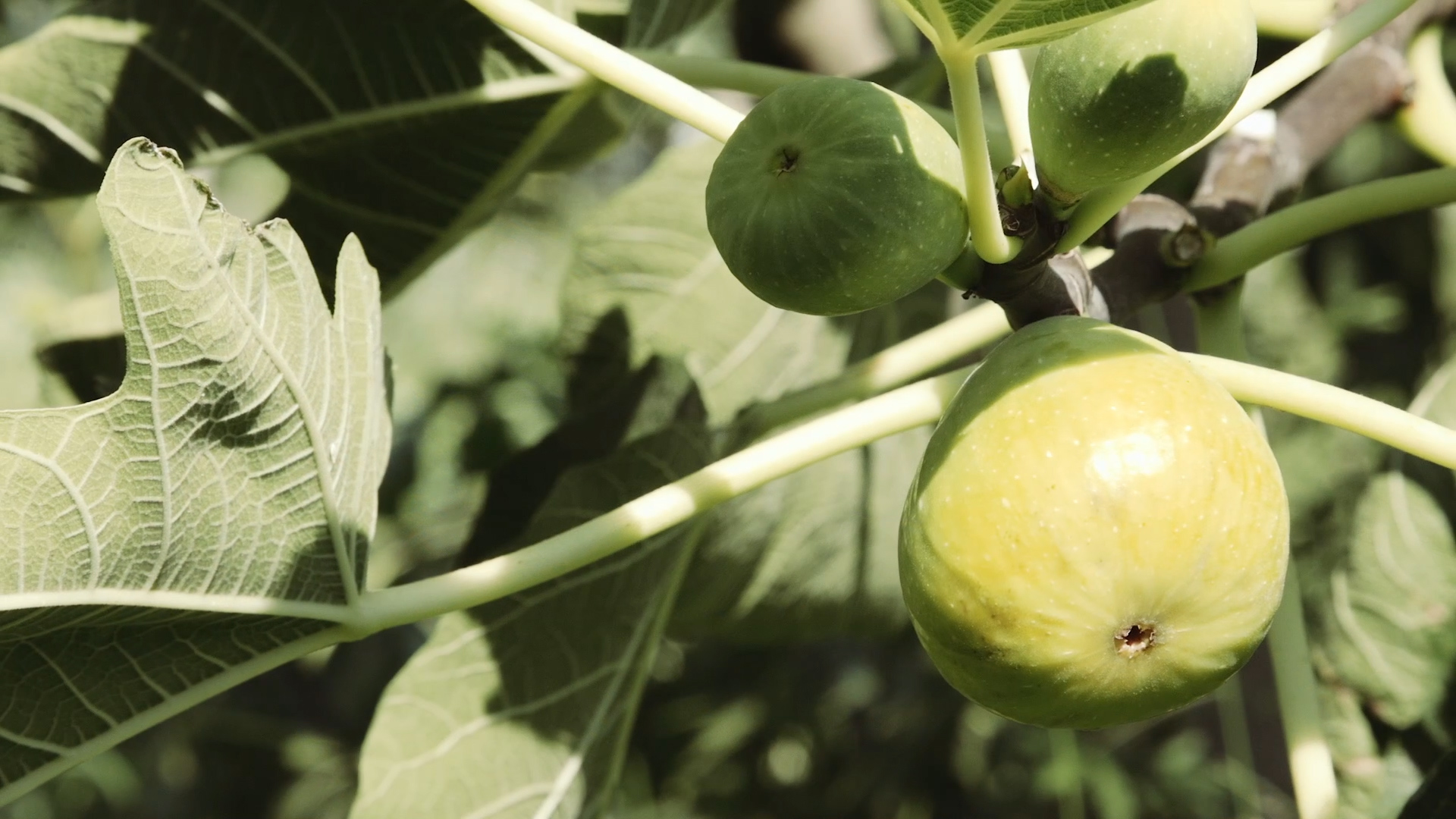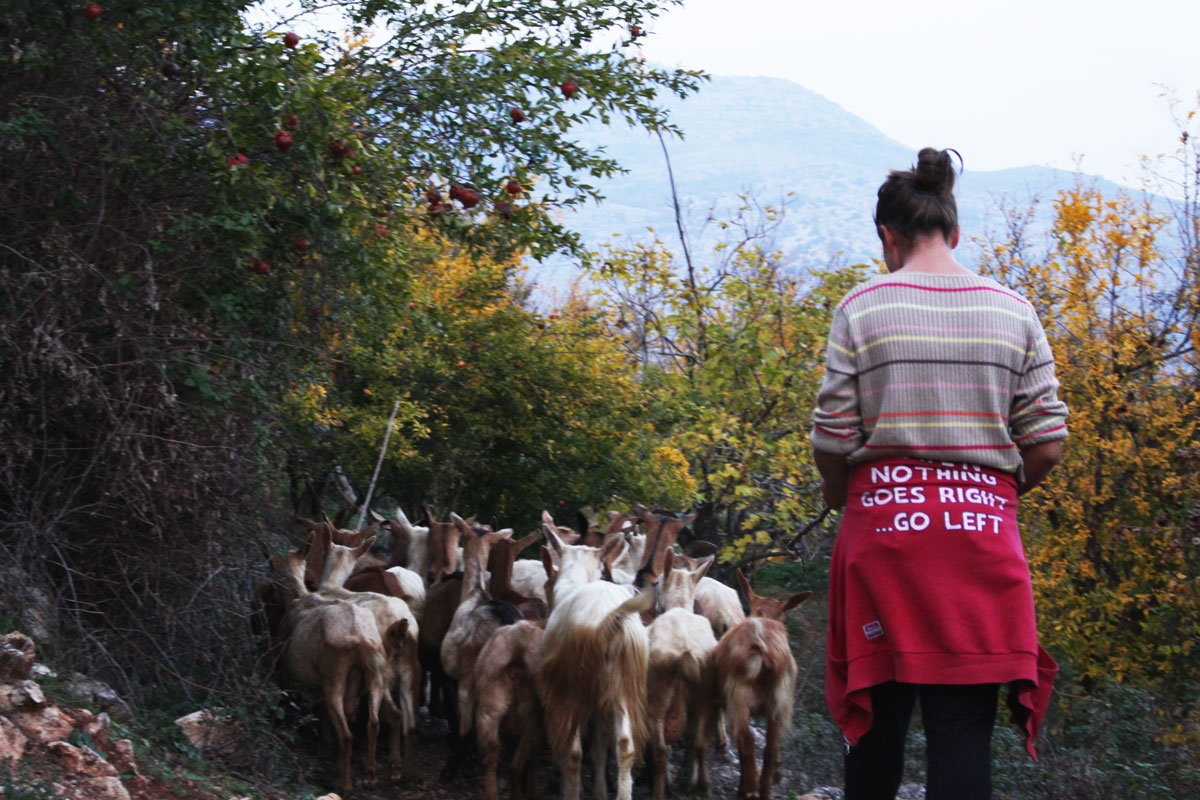AGRICULTURE
Plant and Livestock production
Since the entry into force of the Law on Wine (2007) there were 341 individual growers and winemakers from the area of the Capital with 921,474 grapevines.
The register of grape and wine is added and the Biotechnical Faculty with 63,953 vines Plantations “13 July” with 9,033,312 vines, which means that a total of 10,018,736 registered grapevines in the area of the Capital.
The following tabular overview presents data on the number of growers and the number of vines in the Capital City – Podgorica:


Table 1: Number of registered producers and grapevines

Table 2: Number of registered private producers and their vines age

Figure 1: Number vines wine by type of producers
Figure 2: Number of registered vine

Fruit growing
Montenegrin horticulture sector is characterized by high fragmentation. When it comes to Capital Podgorica evident similarity with Montenegro. Almost all rural households cultivated fruits, mainly for their own consumption and processing. Due to growing demand, the development of rural tourism, fruit production should be developed to meet the needs of the market.

Livestock breeding
In livestock production, the ratio of production to the level of the Capital and at the national level provides a significantly different picture. This is a branch of agriculture that is much less prevalent in Podgorica, compared to the vegetable. Underdevelopment is caused by livestock production, primarily fragmented farms – Extensive traditional method of production, as well as underutilized available natural resources.
The capital has natural resources (meadows and pastures), which are under-utilized for the development of livestock production.
Data on livestock, the last few years show that the livestock is declining as a result, in the first place leaving (depopulation) of the village, as well as the urbanization of individual settlements capital of Podgorica. Livestock dominates in rural areas and the main occupation of the rural population. Livestock is perfect because it is in the northern area of the capital mainly agricultural land – meadows, pastures, thickets and underbrush.
Glavni grad raspolaže prirodnim resursima (livade i pašnjaci), koji su nedovoljno iskorišćeni za razvoj stočarske proizvodnje.
Podaci o stočnom fondu, unazad nekoliko godina, pokazuju da je stočarstvo u opadanju, što je posljedica, u prvom redu napuštanja (depopulacije) sela, kao i urbanizacija pojedinih naselja Glavnog grada Podgorice. Stočarstvo dominira u ruralnim sredinama i glavno je zanimanje seoskog stanovništva. Gajenje stoke je pogodno iz razloga što je na sjevernom podruju Glavnog grada pretežno poljoprivredno zemljište – livade, pašnjaci, šikare i makije.

Beekeeping
Beekeeping has a long and rich tradition in Montenegro, and therefore in the Capital City. Large areas covered by natural meadows and pastures with karst regions rich in flora and with a lot of different honey plants provide favorable conditions for bee-keeping.
In Montenegro, there are about 50,000 beehives, of which 10,000 in the capital, with the production of honey of about 100 tons, or 10 kg per hive.

Organic farming
Agricultural land and water resources of Montenegro are largely preserved from industrial pollution and as such can provide the appropriate use of organic food (meat and dairy products, honey, fish, vegetables, fruits, and natural clean drinking water). Thus, there is great potential for organic production. Bearing in mind that the systems of agricultural production is largely extensive and limited use of chemical pesticides and fertilizers, it is evident that the transition to organic production methods less complicated.
Since 2007, “Monteorganica” as a certification body for the registration of organic production, the registration of manufacturers who are engaged in this type of production on the territory of Montenegro. According to the Ministry of Agriculture and Rural Development of Montenegro, and the bodies of control and certification, the number of applicants for registration of producers of this production amounts to 240. However, only one hundred of them in the process of establishing organic production, ie getting the correct character. Our market for organic production is just being formed, so that it does not have enough organic products and usually have no trouble finding their way to the consumer.
When it comes to the area of the Capital, 6 producers registered in the Register of Organic Agriculture, of which 4 in the transitional period, a 2 certified as an organic product and honey, wild figs and pomegranates.
